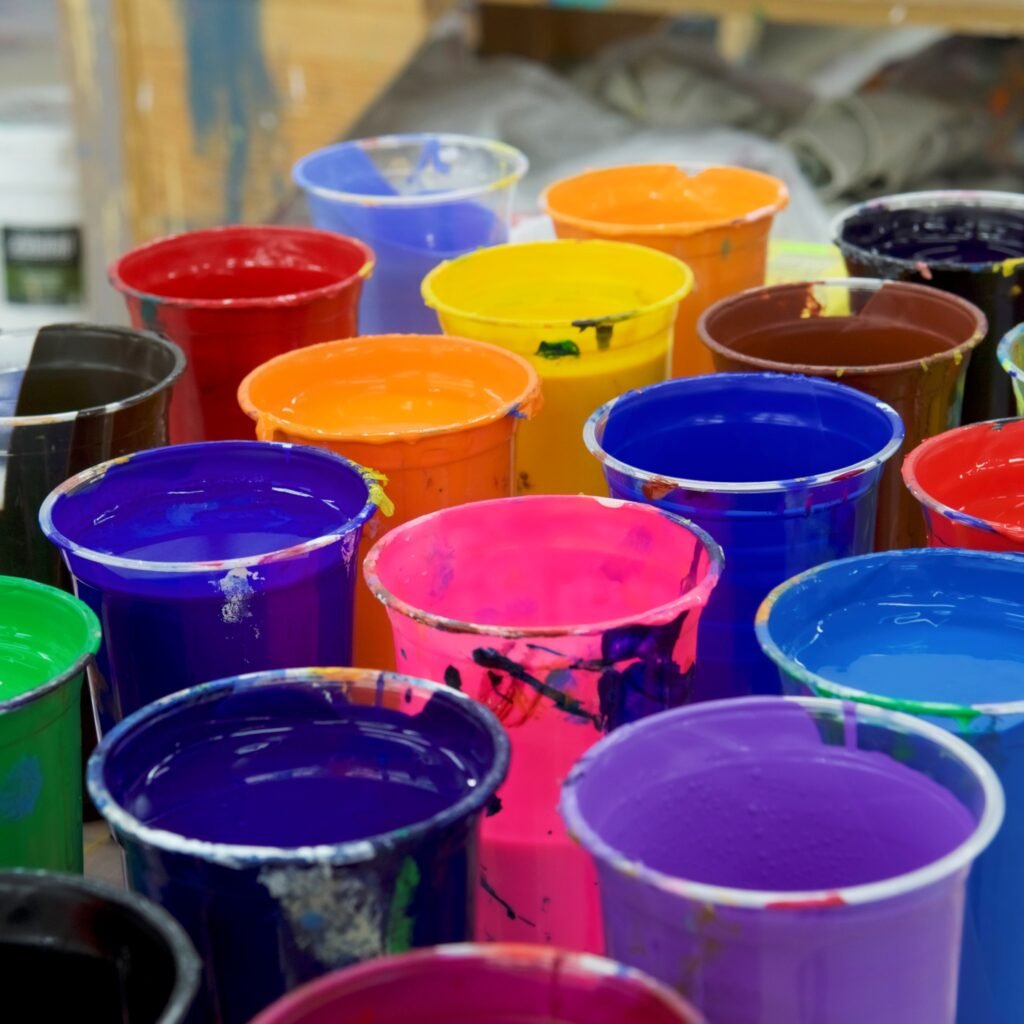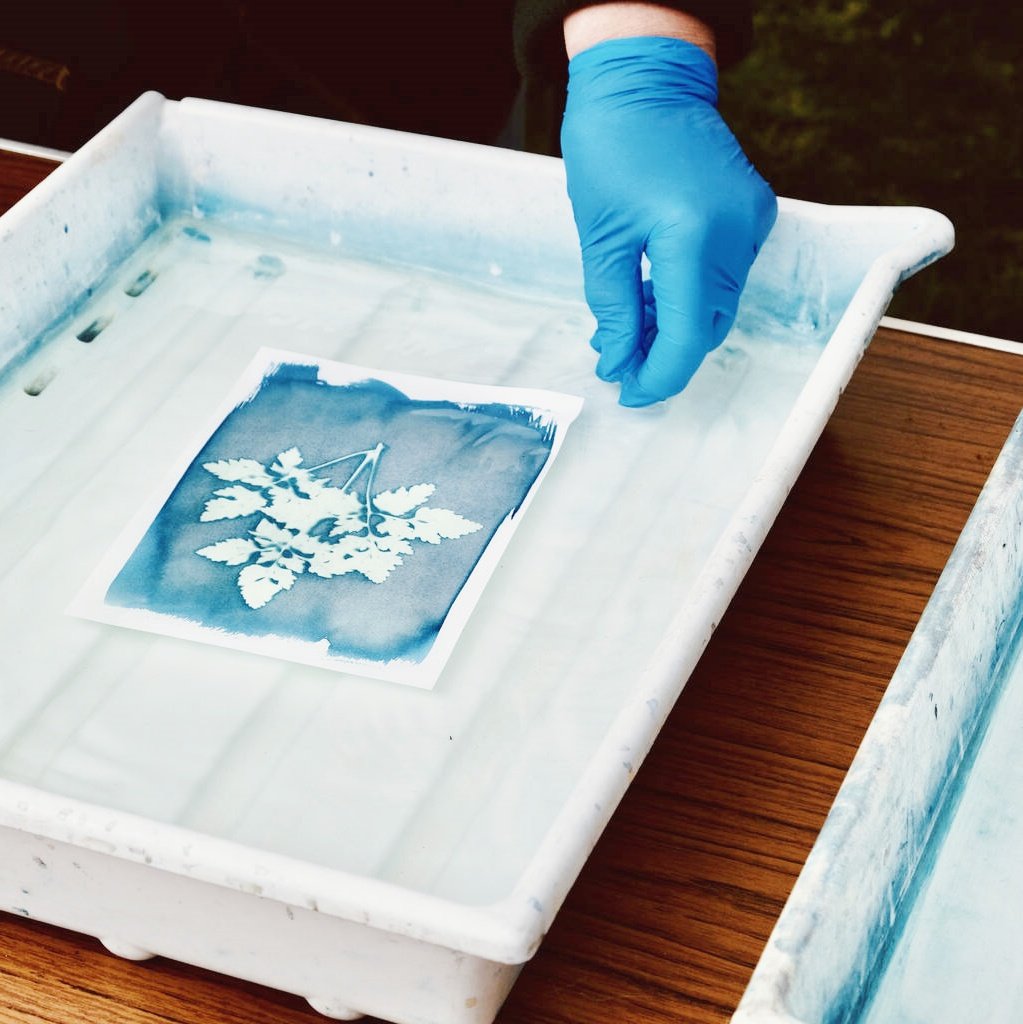Mục lục
So sánh in lưới: So sánh với DTG và DTF
Mô tả Meta tập trung vào các kỹ thuật chuyển giao.: Không chắc chắn làm thế nào để in áo sơ mi? Tìm hiểu nếu in lưới, DTG, hoặc DTF là tốt nhất cho bạn. Chúng tôi so sánh chi phí, độ bền và nhiều yếu tố khác, bao gồm cả loại nhũ tương được sử dụng!
Giới thiệu
Chọn đúng cách in áo có thể tiết kiệm thời gian và tiền bạc!
- Mọi người muốn biết:
- Phương pháp nào là rẻ nhất?
- Cái nào kéo dài dài nhất?
- Cái nào hoạt động trên các loại vải khác nhau?
- Trả lời nhanh:
- In lụa = Phù hợp nhất cho những đơn hàng lớn với mực plastisol chất lượng cao.
- DTG = Phù hợp nhất khi chụp ảnh trên áo sơ mi sáng màu.
- DTF = Phù hợp nhất với vải polyester hoặc vải hỗn hợp.
In lụa là gì?
In lụa sử dụng lưới để đưa mực lên áo.
- Nó hoạt động như thế nào:
- Một màn hình có thiết kế để chứa mực.
- Mực được đẩy qua lưới lọc lên áo bằng một cái gạt mực.
- Những điều tốt đẹp:
- Rất mạnh (sử dụng được hơn 50 lần giặt).
- Giá rẻ cho đơn hàng lớn (khoảng 100+ áo sơ mi).
- Những điều xấu:
- Thiết lập đắt tiền ($100-$500) cho quá trình chuyển giao.
- Độ dốc khó thực hiện (giống như hoàng hôn).
- Tốt nhất cho: Đơn hàng lớn áo sơ mi cotton với thiết kế đơn giản.

In trực tiếp lên vải (DTG) là gì?
In DTG giống như máy in văn phòng nhưng trên áo sơ mi!
- Nó hoạt động như thế nào:
- Máy in phun mực trực tiếp lên áo.
- Những điều tốt đẹp:
- Không có chi phí thiết lập ($0).
- Tuyệt vời cho hình ảnh (giống như khuôn mặt hoặc nghệ thuật).
- Những điều xấu:
- Chi phí cho mỗi chiếc áo sẽ cao hơn khi sử dụng mực plastisol. ($8-$15 mỗi cái).
- Không tốt trên áo sơ mi tối màu (mực phai dần).
- Tốt nhất cho: Đơn hàng nhỏ (1-20 áo) có hình ảnh chi tiết.
Chuyển phim trực tiếp (DTF) là gì?
DTF sử dụng màng dính và máy ép để thêm họa tiết vào áo.
- Nó hoạt động như thế nào:
- Thiết kế in trên phim.
- Dán phim lên áo bằng nhiệt.
- Những điều tốt đẹp:
- Có thể sử dụng trên mọi loại vải có lưới chắn. (bông, polyester).
- Màu sắc tươi sáng (không phai màu).
- Những điều xấu:
- Cảm thấy cứng sau khi rửa.
- Chi phí vừa phải ($4-$8 cho mỗi áo) khi sử dụng phương pháp gạt nước.
- Tốt nhất cho: Đơn hàng vừa (20-100 áo) trên vải hỗn hợp bằng phương pháp in chuyển nhiệt.
In lụa so với DTG so với DTF: Cuộc chiến lớn
| Loại | In lụa | DTG | DTF |
|---|---|---|---|
| Chi phí cho 50 áo sơ mi | $1.50-$3 mỗi cái | $8-$15 mỗi cái | $4-$8 mỗi cái |
| Độ bền | 50+ lần giặt (tốt nhất) | 20-30 lần giặt | 30-40 lần giặt |
| Tốc độ | 100 áo/giờ (nhanh cho số lượng lớn) | 20 áo/giờ (chậm) | 50 áo/giờ (trung bình) |
| Vải vóc | Chỉ bông | Bông đã qua xử lý | Bất kỳ loại vải nào! |
| Thiết kế | Hình dạng đơn giản, văn bản và kỹ thuật nhũ tương. | Ảnh, nghệ thuật | Màu sắc tươi sáng, không có chi tiết nhỏ |
Sự kiện chính:
- In lụa giá rẻ nhất cho những đơn hàng lớn.
- DTG phù hợp nhất khi chụp ảnh trên áo sơ mi sáng màu.
- DTF hoạt động trên polyester và cotton.

Ví dụ thực tế
Nghiên cứu tình huống 1: 500 Áo Cotton cho Sự kiện của Trường
- Người chiến thắng: In lụa.
- Tại sao: Đã lưu 80% so với DTG.
Nghiên cứu tình huống 2: 10 Áo Hoodie Thiết Kế Hoàng Hôn
- Người chiến thắng: DTG.
- Tại sao: In các gradient một cách hoàn hảo.
Nghiên cứu tình huống 3: 50 chiếc mũ Polyester cho một đội bóng đá
- Người chiến thắng: ĐẠI HỌC TWITTER.
- Tại sao: Bám dính vào polyester tốt hơn in lụa.
Trả lời những câu hỏi thường gặp
1. Phương pháp nào tồn tại lâu nhất?
- In lụa > DTF > DTG.
2. DTF có thể thay thế in lưới không?
- Có, chúng tôi có thể in thiết kế lên nhiều loại vật liệu khác nhau., đối với các loại vải hỗn hợp hoặc đơn hàng có kích thước trung bình.
3. DTG có thân thiện với môi trường không?
- Đúng, sử dụng mực gốc nước (ít chất thải) và plastisol để có độ bền cao.
Cách lựa chọn: Danh sách kiểm tra đơn giản
- Có bao nhiêu áo sơ mi?
- Đơn hàng lớn (>50) → In lụa.
- Đơn hàng nhỏ (<20) → DTG.
- Đơn hàng trung bình (20-100) → DTF.
- Vải gì?
- Bông → In lụa hoặc DTG.
- Polyester → DTF.
- Bạn cung cấp những lựa chọn thiết kế nào?
- Đơn giản → In lụa.
- Phức tạp → DTG hoặc DTF.
Suy nghĩ cuối cùng
In lụa, DTG, Và DTF tất cả đều có ưu và nhược điểm. Hãy sử dụng hướng dẫn này để chọn phương án tốt nhất cho dự án của bạn!
Nhớ:
- Đơn hàng bông lớn → In lụa.
- Ảnh in → DTG.
- Vải polyester/vải hỗn hợp → DTF.



